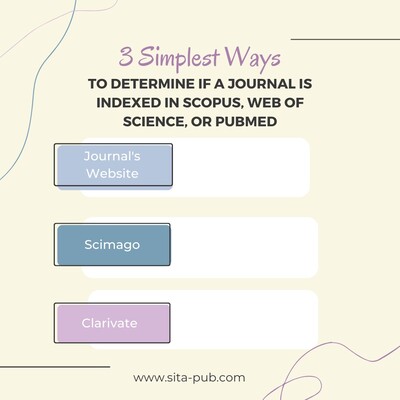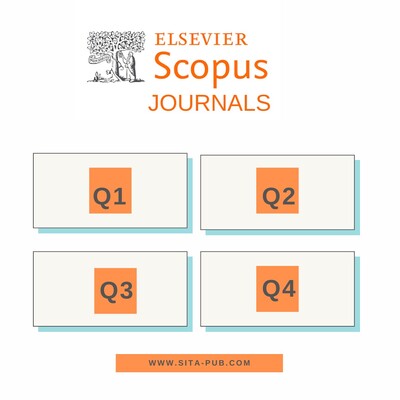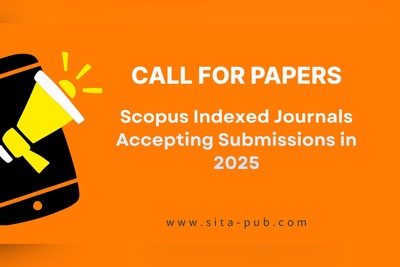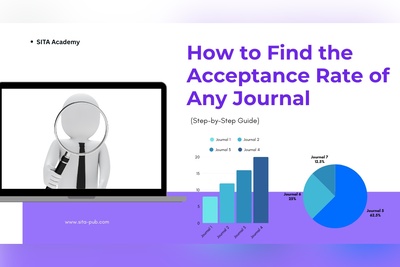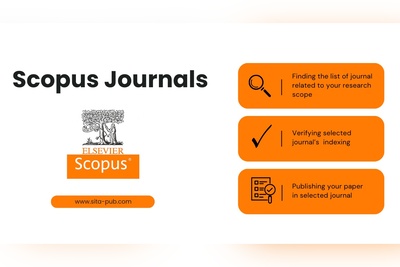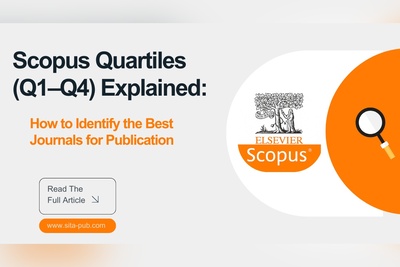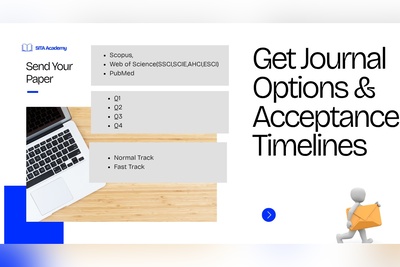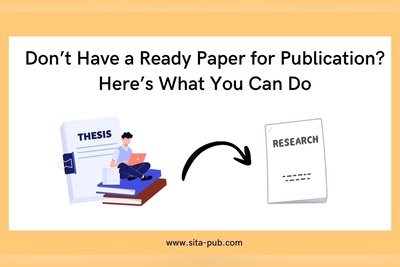How the Right Journal Selection Improves Your Acceptance Rate
Journal selection is crucial for increasing your acceptance rate in academic publishing. Discover why even great papers get rejected, how to evaluate journals by scope, indexing, impact factor, and review process.
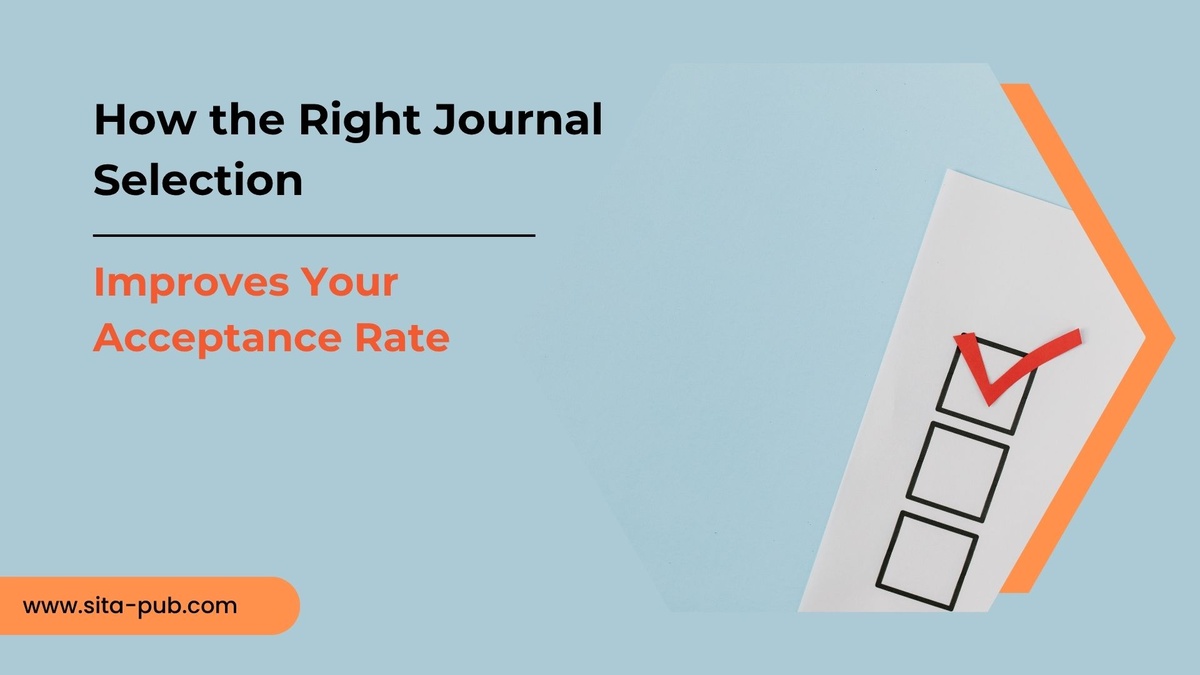
Selecting the right journal is not just a box to check off before submission—it's one of the most critical steps in the academic publishing process. Many high-quality research papers are rejected not because of their scientific merit, but because they were submitted to journals that were simply not the right fit. This mismatch often relates to differences in scope, target audience, format, or journal expectations. The result? Frustrating rejection letters, wasted time, and delayed academic progress.
If you've ever wondered why your paper got rejected despite solid content, your journal choice could be the culprit. In this article, we’ll explore what journal acceptance depends on, the role of journal selection in shaping your acceptance rate, and practical steps to choose the right publication venue for your work.
What Does Acceptance in a Journal Depend On?
Many researchers assume that if their study is scientifically sound, it will automatically be accepted for publication. However, the reality is more complex. While scientific quality is the foundation, journal editors and peer reviewers assess several other critical aspects of a manuscript before accepting it. Let’s look at the main ones:

1. Relevance to the Journal's Scope
Each academic journal has a clearly defined “Aims and Scope” section. It outlines the fields, topics, and types of research the journal publishes. If your manuscript doesn't match that scope—even if it’s high quality—it is likely to be desk rejected (rejected without peer review).
Example: Submitting a clinical medical case study to a journal that only publishes basic laboratory research will almost certainly result in rejection.
Key takeaway: Always read the journal’s scope carefully and make sure your research directly aligns with it.
2. Clarity of Presentation and Formatting
How you present your research matters. Journals expect manuscripts to be:
Well-organized
Grammatically correct
Professionally formatted according to their style guide (e.g., APA, MLA, Vancouver)
Free of typos, ambiguous statements, and poor structure
A messy or poorly written paper—even if the science is strong—can give a bad impression and may be rejected on that basis alone.
Tip: Use professional editing services or proofreading tools to improve clarity and compliance with formatting guidelines.
3. Originality and Contribution to the Field
Editors seek novel and impactful research. Even if your study is well done, it must offer something new:
A new method or model
New data or findings
A new interpretation or theoretical perspective
If your work merely replicates existing studies without adding new value, it may be considered unoriginal and thus rejected.
4. Compliance with Submission Guidelines
Every journal has specific rules about:
Word count
Abstract structure
Reference formatting
Figure/table limits
Ethical disclosures (e.g., informed consent, conflicts of interest)
Ignoring these guidelines can result in an immediate rejection. Editors often view non-compliance as a sign that the author did not take the submission seriously.
Advice: Download the journal’s “Author Guidelines” and follow them strictly.
5. Journal Standards (Impact Factor, Editorial Preferences, etc.)
High-impact journals have stricter criteria. They typically expect:
Groundbreaking or field-defining work
High technical rigor
Strong theoretical contributions
International relevance
Even in lower-tier journals, editors have editorial preferences (e.g., favoring qualitative over quantitative studies or vice versa). If your paper doesn’t align with those preferences, it might be declined even if it meets the formal requirements.
6. Peer Review Feedback
Once your paper passes editorial screening, it goes through peer review, where subject matter experts evaluate it. Common reasons reviewers recommend rejection include:
Methodological flaws
Lack of clear research questions or hypotheses
Weak analysis or conclusions not supported by data
Poor literature review or missing citations
Sometimes, even strong papers are rejected due to negative peer reviews, but in most cases, the editorial team tries to balance reviewer input with their own judgment.
Why Good Papers Get Rejected
Even excellent papers get rejected—not because they’re bad, but because:
They were submitted to the wrong journal.
They don’t match the target audience or topic area.
They weren’t properly formatted or proofread.
They were too long, too technical, or too simplistic for the intended publication.
In short, rejection doesn’t always reflect the quality of your research—it often reflects the quality of your submission strategy.

The Important Role Journal Selection Plays in Acceptance Rate
Choosing a journal wisely can significantly boost your chances of acceptance. Journals vary widely in their expectations, target audience, and review process. A Q1 journal in engineering, for instance, will expect highly technical and novel contributions, while a regional Q3 journal may be open to more practical or applied research.
Selecting a journal that aligns with your research scope, study design, and academic goals ensures that your work lands on the right desk, is evaluated fairly, and is more likely to be published.

How to Improve Your Acceptance Rate by Choosing the Right Journal

Here are the most important factors to consider when selecting a journal:
1. Journal Indexing
Before anything else, decide where you want your article to be indexed. Do you need it to appear in Scopus, Web of Science (ISI), or PubMed? Different institutions and funding bodies may have specific requirements.
Always verify a journal’s current indexing status using:
Scopus Preview
Web of Science Master Journal List
PubMed Journal List
A journal’s indexing status not only impacts visibility and credibility but also determines whether it counts toward your academic promotion or graduation requirements.
Related Article
2. Quartile (Q1–Q4), Impact Factor, and CiteScore
There’s a common belief among researchers that publishing in Q1 or high-impact-factor journals is always the best. While these journals are prestigious, they are also extremely competitive, with low acceptance rates.
Best Practice: Match your paper’s quality and novelty with the journal’s rank. If your study is regional, applied, or introductory, consider Q2–Q4 journals with appropriate impact factors or CiteScores.
Higher quartiles ≠ higher chances. The match matters more than the metric.
Related Article
3. Journal’s Aims and Scope Section
Don’t skip the “Aims and Scope” page on a journal’s website. It provides a clear overview of the research areas the journal accepts. Submitting a medical case report to a journal focused on theoretical biomedicine is a recipe for instant rejection.
Check for:
Accepted disciplines and subtopics
Preferred methodologies
Targeted research audience
Tailor your paper (and cover letter) to show how it fits the journal’s mission.
4. Acceptance Rate and Number of Issues per Year
Some journals receive thousands of submissions and only publish a few times per year. Others may publish monthly or bi-monthly, offering more space and flexibility.
A journal with a higher acceptance rate and frequent issues can increase your chances of getting published quickly.
Tip: Some publishers openly share their acceptance rate—check their “About” or “For Authors” page.
5. Peer Review Process
Understanding the peer review model (single-blind, double-blind, or open) helps set your expectations. Also, check the average review time:
Fast-track journals: 3–6 weeks
Regular: 2–4 months or more
Some journals offer optional fast-track processing for a fee.
6. Publication Options: Open Access or Subscription-Based
Decide whether you want:
Open Access (OA): Your paper is freely accessible. Often requires an APC (Article Processing Charge).
Subscription-Based: Accessible through institutional login. Sometimes has no fee but can limit visibility.
Check the APC, copyright policies, and visibility options before you submit.
Steps to Choose the Best Journal That Fits Your Paper
Now that you know what to look for, follow these steps to identify the best-fit journal:
Gather a list of journals based on indexing, scope, impact, and publication style.
Check APCs and publication timelines (average review time, fast-track options, etc.)
Choose a journal that matches all your key criteria: scope, indexing, acceptance rate, and timeline.
Submit your paper, and regularly monitor the status via the submission system or by contacting the editorial office if needed.
Conclusion
Choosing the right journal is not just about prestige—it’s about strategy and fit. A poor match can delay your publication by months, while the right venue can fast-track your academic success.
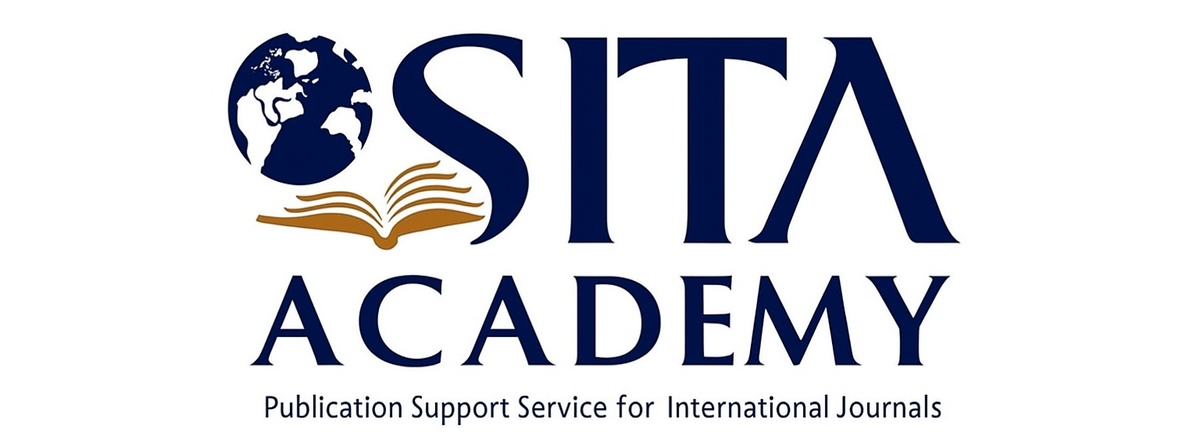
At SITA Academy, we understand how overwhelming journal selection can be. That’s why we offer personalized journal selection support based on your research topic, indexing needs, and budget. Whether you're aiming for Scopus, ISI, or PubMed, our team will curate a list of journals that are right for you—saving you time and increasing your acceptance rate.
Send your research scope and any special requirements via WhatsApp or email to get your custom journal list today.
Verified Contact Channels
If you have any questions, inquiries, or would like to learn more about our services, please don't hesitate to reach out to us. Our dedicated team is ready to assist you.
